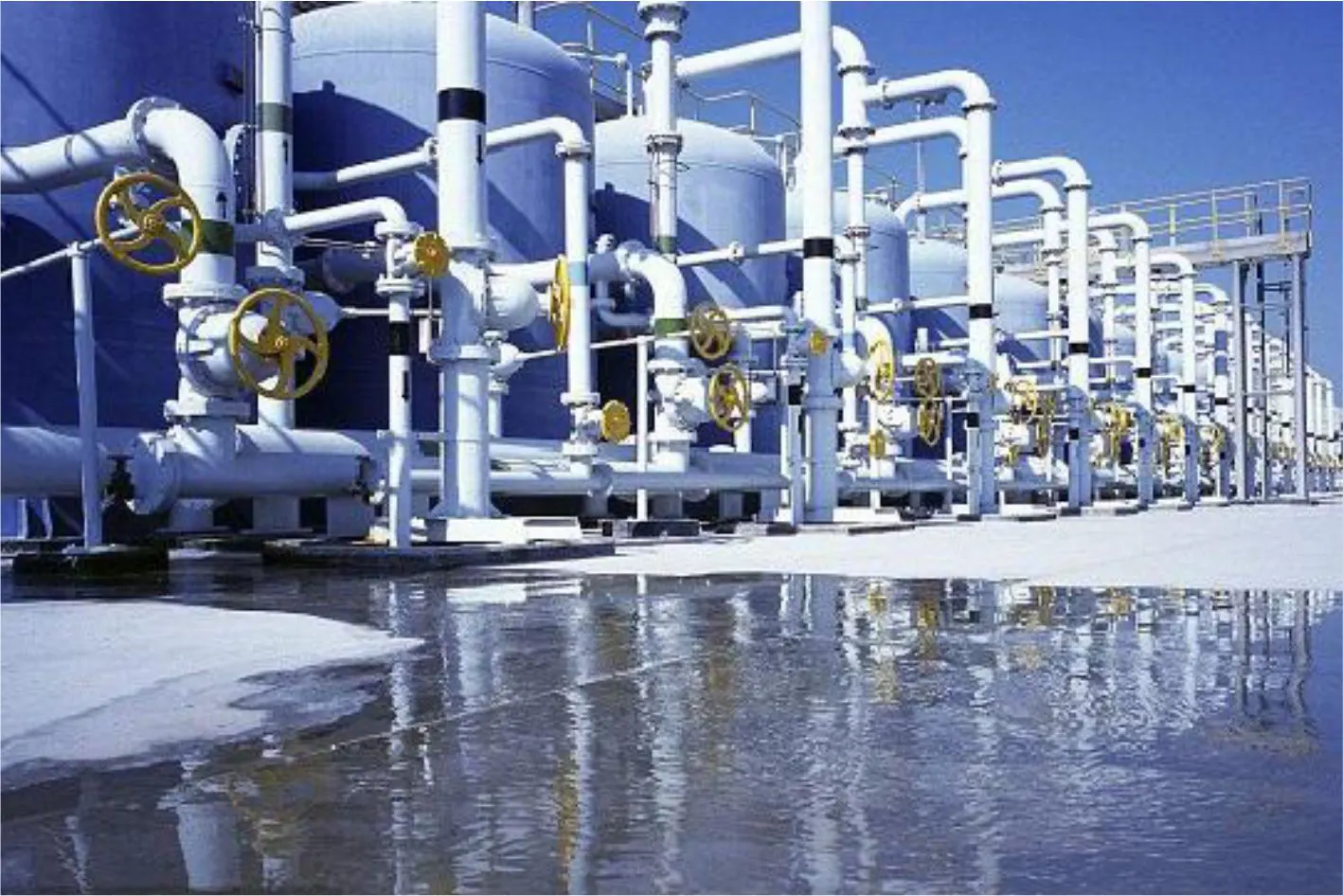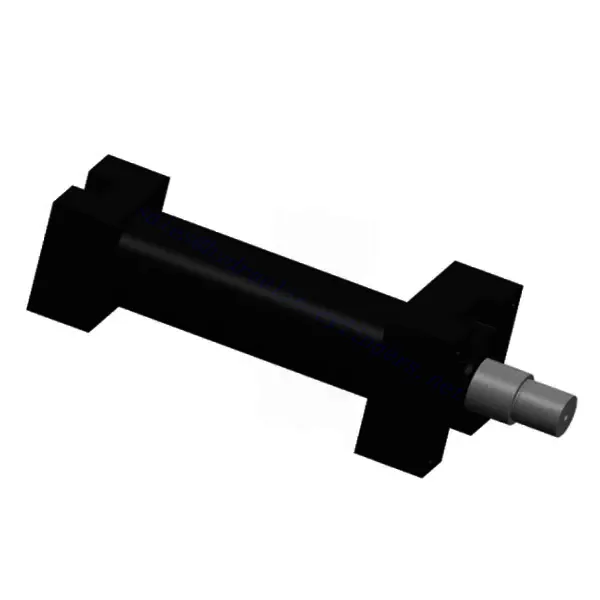Harsh Corrosive Environment Cylinder
Como um dos fabricantes, fornecedores e exportadores de produtos mecânicos de cilindros hidráulicos, oferecemos cilindros hidráulicos e muitos outros produtos.
Entre em contato conosco para obter detalhes.
Correio eletrônico:sales@hydraulic-cylinders.net
Fabricante, fornecedor e exportador de cilindros hidráulicos.
Harsh Corrosive Environment Cylinder

The harsh corrosive environment cylinder is a specialized hydraulic cylinder designed to thrive in demanding industrial applications where corrosive substances are present. With its robust construction and corrosion-resistant materials, this cylinder offers reliable performance, ensuring smooth operation even in the harshest environments. Let’s delve into this exceptional product’s features, usage methods, and maintenance.
The harsh corrosive environment cylinder is a reliable and durable solution for industrial applications that involve corrosive substances. This cylinder offers exceptional performance in challenging environments with its corrosion resistance, robust construction, and versatile mounting options. By following the recommended usage methods and implementing regular maintenance practices, you can ensure your hydraulic system’s longevity, reliability, and optimal operation. The harsh corrosive environment cylinder is a testament to technological innovation and is a trusted solution for conquering corrosion in demanding industrial settings.
Harsh Corrosive Environment Cylinder Key Characteristics:
- Corrosion Resistance: The harsh corrosive environment cylinder is engineered with high-quality materials that exhibit exceptional resistance to corrosion. This feature enables the cylinder to withstand exposure to corrosive substances, such as chemicals, saltwater, acids, and other harsh agents commonly found in industrial environments.
- Durable Construction: Built to endure rugged conditions, the cylinder boasts a robust construction that enhances its longevity and reliability. Its sturdy design ensures resistance to mechanical stress, minimizing the risk of failure and downtime.
- Versatile Mounting Options: The cylinder offers a range of mounting options, including front flange, rear flange, foot, and trunnion mounts. This versatility allows for easy integration into various industrial systems, enabling seamless installation and flexibility in application.
Harsh Corrosive Environment Cylinder Parameter:
| Product Name | Harsh Corrosive Environment Cylinder |
| Features: | Extract and compress the seawater and deliver it to the filtering device. |
| Bore diameter: | Up to 300mm |
| Rod diameter: | Up to 185mm Stroke up to 1000mm |
| Working temperature: | -20~30℃ |
| Working speed: | up to 110mm/s |
| Working frequency: | 24 hours |
| Internal and external leakage: | < 5ml/min |
| Pressure: | up to 11MPa starting pressure<0.1Mpa |
| Applications: | Desalination Equipment |
Harsh Corrosive Environment Cylinder Application:

Usage Method Of Harsh Corrosive Environment Cylinder:
- Application Assessment: Before installing the harsh corrosive environment cylinder, evaluate the specific requirements of your application to determine the appropriate cylinder size, stroke length, and mounting configuration.
- Mounting and Connection: Follow these steps for successful installation:
a. Securely mount the cylinder using the chosen mounting option, ensuring proper alignment and stability.
b. Connect the hydraulic lines to the cylinder’s ports, ensuring tight and leak-free connections. Use compatible fittings and hoses suitable for corrosive environments.
- Hydraulic System Integration: Integrate the cylinder into your hydraulic system, connecting it to a reliable power source and control mechanism. Ensure compatibility between the cylinder and other system components.
- Operational Parameters: Adjust the hydraulic system parameters, such as pressure and flow rate, to align with your application’s requirements. Refer to the manufacturer’s guidelines for recommended operational parameters.
How To Bleed A Double Acting Hydraulic Cylinder?
Bleeding a double-acting hydraulic cylinder is a crucial maintenance procedure that removes air or trapped gases from the hydraulic system, ensuring optimal performance and preventing issues such as spongy operation or incomplete cylinder movement. Here’s a step-by-step guide on how to bleed a double-acting hydraulic cylinder:
- Precauções de segurança:
- Before starting the bleeding process, ensure the hydraulic system is depressurized to prevent accidental movement or injury.
- Wear appropriate personal protective equipment, such as gloves and safety goggles, to protect yourself from hydraulic fluid splashes.
- Identify Bleed Points:
- Familiarize yourself with the hydraulic system and locate the bleed points on the double-acting hydraulic cylinder. These are typically located at the highest point of the cylinder or at designated bleed ports.
- Prepare Tools and Equipment:
- Gather the necessary tools and equipment, including a wrench or socket set to open and close bleed valves, a container to collect the purged hydraulic fluid, and clean rags or absorbent materials to clean up any spills.
- Position Cylinder:
- Position the double-acting hydraulic cylinder in a way that allows air or trapped gases to rise to the highest point of the cylinder, where the bleed points are located. This may involve adjusting the cylinder’s orientation or tilting it if possible.
- Open Bleed Valves:
- Using the appropriate wrench or socket, carefully open the bleed valves at the designated bleed points on the cylinder. Start with the highest point first.
- Ensure the collection container is positioned to catch the purged hydraulic fluid.
- Purge Air or Gases:
- Slowly actuate the hydraulic system to cycle the cylinder through its full range of motion. This may involve activating the hydraulic pump or operating the associated control mechanisms.
- As the cylinder cycles, air or trapped gases will be pushed out through the open bleed valves. Allow the hydraulic fluid to flow until all air bubbles are expelled and a steady flow of fluid is observed.
- Close Bleed Valves:
- Once the hydraulic fluid is free of air bubbles and flows steadily, carefully close the bleed valves at the bleed points to ensure they are tightened securely to prevent any leaks.
- Check Fluid Level:
- Check the hydraulic fluid level in the reservoir and top up if necessary. Use the recommended hydraulic fluid specified by the manufacturer.
- Final Checks:
- Perform a visual inspection of the hydraulic system, including the double-acting hydraulic cylinder, for any signs of leaks, loose connections, or abnormalities.
- Test the cylinder’s operation to ensure it moves smoothly without any issues.
Aptidão e capacidade da fábrica:
(1) Montagem
Temos uma plataforma de montagem de pesquisa e desenvolvimento independente de primeira classe. A oficina de produção de cilindros hidráulicos tem quatro linhas de montagem semiautomáticas de cilindros de elevação e uma linha de montagem automática de cilindros de inclinação, com uma capacidade de produção anual projetada de 1 milhão de peças. A oficina de cilindros especiais é equipada com várias especificações de um sistema de montagem de limpeza semiautomática com uma capacidade de produção anual projetada de 200.000 peças e equipada com famosos equipamentos de usinagem CNC, um centro de usinagem, um equipamento especial de processamento de cilindros de alta precisão, uma máquina de solda robotizada, uma máquina de limpeza automática, uma máquina de montagem automática de cilindros e uma linha de produção de pintura automática. O equipamento crítico existente é de mais de 300 conjuntos (conjuntos). A alocação ideal e o uso eficiente dos recursos do equipamento garantem os requisitos de precisão dos produtos e atendem às necessidades de alta qualidade dos produtos.


(2) Usinagem
A oficina de usinagem é equipada com um centro de torneamento de trilho inclinado personalizado, um centro de usinagem, uma máquina de brunimento de alta velocidade, um robô de soldagem e outros equipamentos relacionados, que podem lidar com o processamento de tubos de cilindros com diâmetro interno máximo de 400 mm e comprimento máximo de 6 metros.

(3) Soldagem

(4) Pintura e revestimento
Com linhas de revestimento de tinta à base de água automáticas de cilindros de pequeno e médio porte, para obter carregamento e descarregamento automáticos de robôs e pulverização automática, a capacidade projetada é de 4.000 peças por turno;
Também temos uma linha de produção de tinta semiautomática para cilindros grandes, acionada por uma corrente elétrica, com capacidade de projeto de 60 caixas por turno.


(5) Testes
Temos instalações de inspeção e bancos de teste de primeira classe para garantir que o desempenho do cilindro atenda aos requisitos.

We are one of the best hydraulic cylinder manufacturers. We can offer comprehensive hydraulic cylinders. We also provide corresponding caixas de câmbio agrícolas. Exportamos nossos produtos para clientes em todo o mundo e conquistamos uma boa reputação devido à qualidade superior de nossos produtos e ao serviço pós-venda. Convidamos clientes nacionais e estrangeiros a entrar em contato conosco para negociar negócios, trocar informações e cooperar conosco!
Faça um tour pela nossa fábrica de RV:
Faça um tour pela nossa fábrica de RV com o seguinte
Cilindro hidráulico Aplicação:


